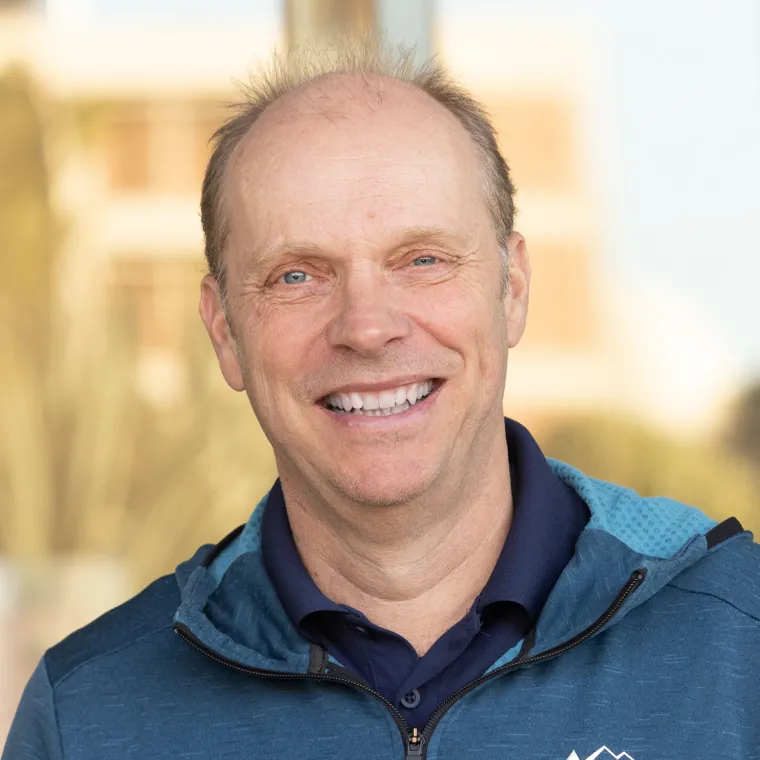Joost Van Haren, PhD

WONDER HOUSE @ SXSW 2023 Talk:
Insights from Biosphere 2 about Biosphere 1 and Beyond
Tuesday, March 14, 2:30 p.m.
Surround Stage
JOHN and JOOST'S TALK, Insights from Biosphere 2 about Biosphere 1 and Beyond
Watch John & Joost's talk on YOUTUBE:
If you wish to study the underlying causes of a specific disease, you start by examining an animal model that would simulate the human condition. If you want to study a subset of geological events on earth, Biosphere 1 , you might design a miniature system, but what do you do if you want to study the earth’s entire complex geology, environment, and ecology? Well, you build Biosphere 2. And so, in 1987 a vision was born, to assemble steel, concrete, soil, sea water, and plants to build a model of Biosphere 1 consisting of five biomes and 8 humans who would live for two years. While this unprecedented, experiment’s outcomes were not what was anticipated, the idea was sound, the concepts testable, the facility unique, and the science eventually became rigorous, exciting, and yielding results applicable not only to our own earth, but also to possibilities of imitating Biosphere 1 extra terrestrially. Today, B2 is the largest earth science living laboratory in which precise scientific explorations are underway as part of the University of Arizona’s mission.
ABOUT JOOST
A broadly trained earth scientist, Joost van Haren has researched topics from 40km deep in the earth’s crust to soil-plant-atmosphere interactions. Joost came to Arizona in 1995 to run the analytical facilities at Biosphere 2. For his Ph.D., he investigated the influence of plant species on the production of greenhouse gases by soil bacteria in highly diverse tropical forests of Brazil.
Currently, Joost is an assistant research professor and interim research director at the University of Arizona Biosphere 2, where he investigates carbon uptake by weathering of basalt in the Landscape Evolution Observatory and increased temperature and drought effects on carbon cycling rates in the tropical rainforest. He is also a principle investigator on a DOE funded grant to research the role of trees on methane emissions from upland and seasonally flooded forests. His teaching interest lies most with hands-on teaching programs, such as the tropical ecosystem field course in the Amazon basin and research experiences for high school and undergraduate students at Biosphere 2. He teaches classes exploring how we sense our environment and how we gauge and deal with our human impact on planet Earth.

